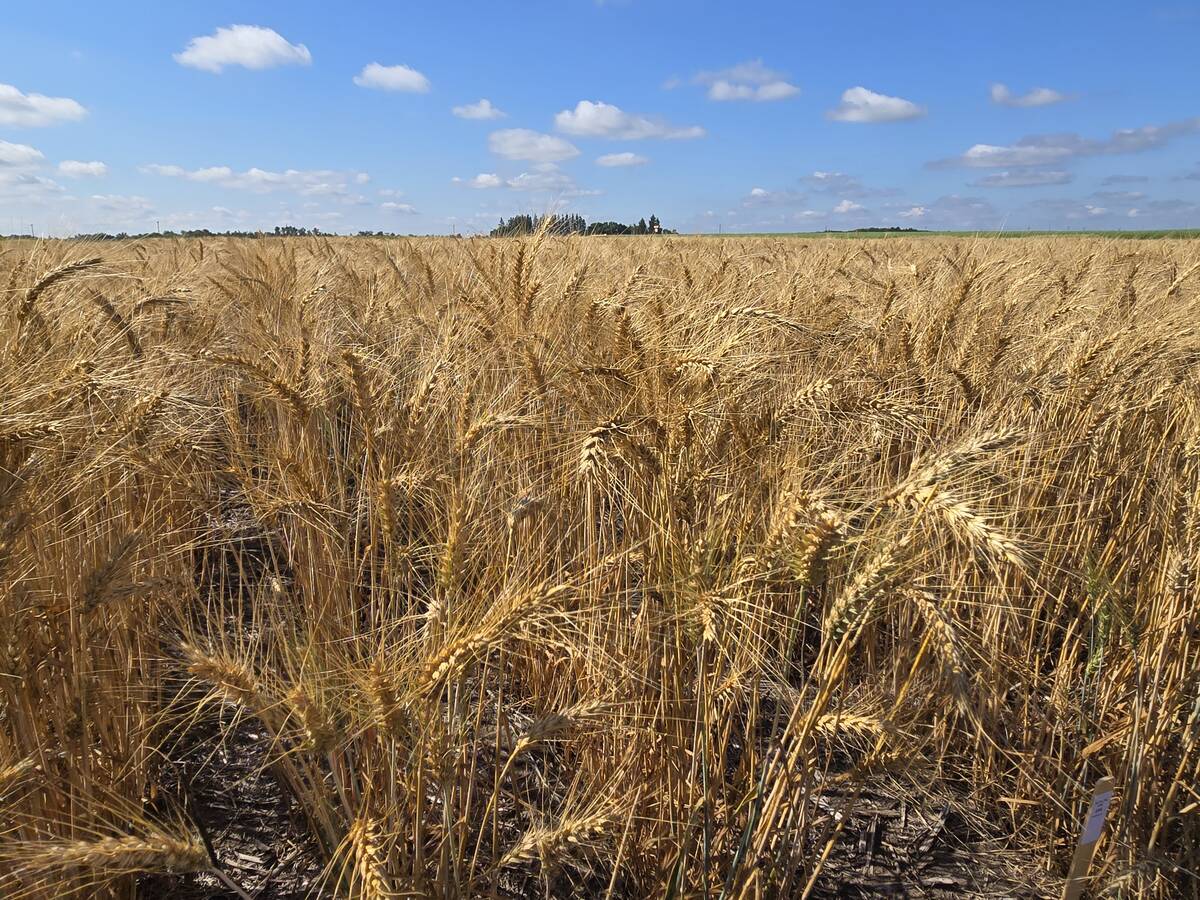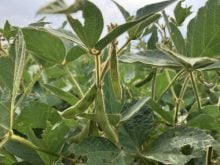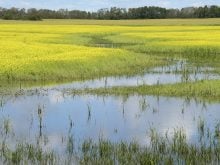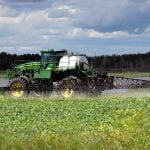PORTAGE LA PRAIRIE, Man., – Ian Wishart was stunned by his new grain transportation bill at the beginning of the 1995-96 crop year.
It would cost him about $36,000 extra to ship his grain to port because the elimination of the Crow Benefit raised the local freight rate to about $38 a tonne from $18.
“We said, ‘that’s too much money. We’re doing something different,’ ” said Wishart, who has a mixed farm.
That something became a bunch of things: less wheat; more specialty crops, cattle, oats and feed grains and a move into potatoes.
Read Also

Fall rye hits record high in Manitoba
Winter cereals 2025: More Manitoba fields grew fall rye in 2025 than ever before, but winter wheat slipped and, while spring stand survival was good, drought took its toll
It was a big swing for a family that had focused most of its energies on growing export-quality wheat.
“We only grow cereals now to fill in what we can’t do with other crops,” said Wishart, sitting in his kitchen as his wife Leslie helped someone over the phone track down flax straw.
“Every rail car of wheat that leaves here is a money-losing proposition, at least for the farmer.”
While the Crow Benefit existed it made sense to grow export grains, but not once it ended. He’d thought of growing edible beans before 1995, but “there wasn’t enough reason to do it.”
The end of the Crow gave him a reason, but instead of beans, he called the McCain Foods potato processing plant in nearby Portage la Prairie. Rather than ship grain thousands of kilometres to Vancouver or Thunder Bay, perhaps he could grow potatoes for them.
“The McCain’s plant is on the edge of town. It’s a four mile haul,” said Wishart, who was one of three lucky local producers to get a contract to supply the company for 1996.
In the next few years dozens of other local farmers began supplying potatoes to McCain’s rather than grain to world markets.
Wishart also fed more cattle and can now finish 200 to 300 head per year. He also has 260 cows on the farm – 160 of his own and 100 owned by another producer he works with.
The family now grows 300 acres of potatoes alongside its special crops, grain and cattle, a combination that’s been able to see them through the ups and downs since 1995.
“We’ve just had to be creative,” he said.















